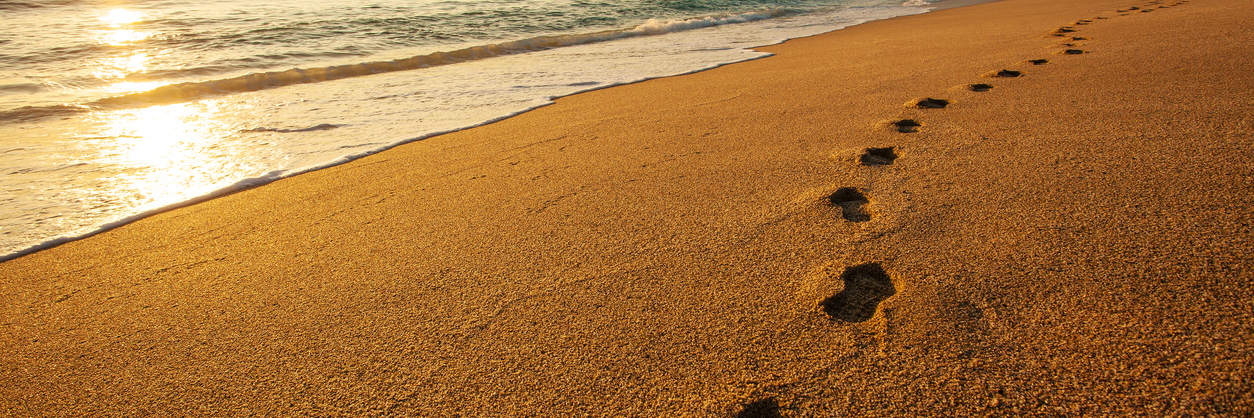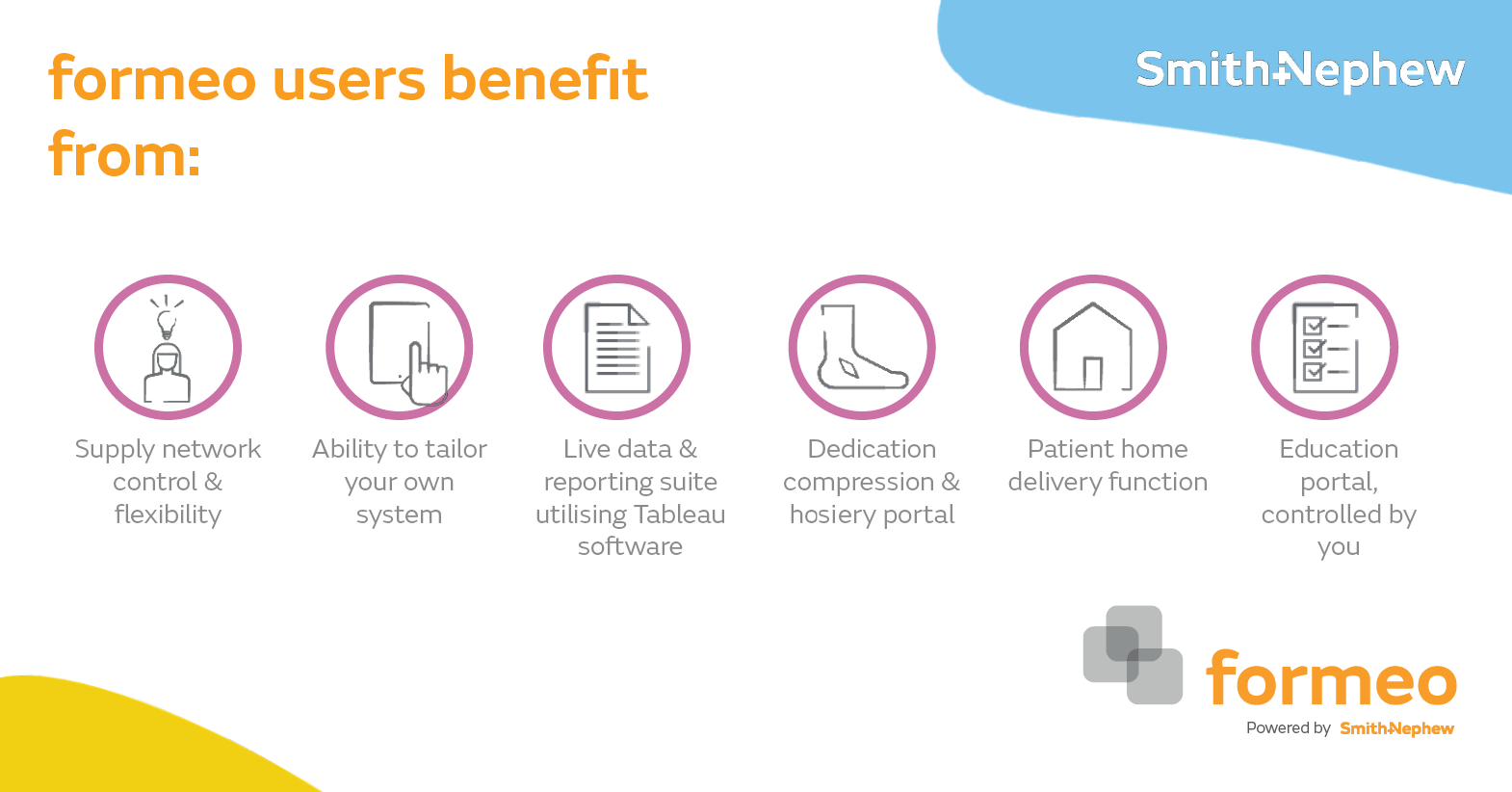This journey begins with NHS Tayside acknowledging the need for an expert team and service to support tissue viability across the region of Tayside. As the last remaining Board in Scotland to employ a substantive team, a large scoping exercise was undertaken to inform the business plan and funding was secured to initially advertise for five Tissue Viability Nurses (TVN) to support both acute and community hospitals.
Tayside, as a region, has a population of around 417,000 people and spans 2900 square miles, a considerable geographical area, which is important when considering service delivery and at the forefront of plans.
Initial recruitment was successful and the hospital team established. Originally, the plan was to further develop the service for care homes and community nursing after a period of 12 months. This was expedited due to funding from Scottish Government for a further two TVNs. Inclusion of all care settings at an early stage of service development supported the model of a fully integrated model to deliver tissue viability across Tayside.
On 15 November 2021 the first formal TVN in Tayside began work! With office space still in negotiation, a six week period of ‘hot desking’ was underway; although this is not a barrier to beginning the work to start up the service. One month later, the second TVN started and together progress continued. Both TVNs had experience working in the specialty for 15 and 10 years respectively and have a very clear vision of their goal, that is, to develop a fully integrated team with colleagues rotating between the hospital and community/care home portfolios: one team, one service. They did not wish to have separate acute and community teams; it was important to have continuity for patient care and remove potential barriers in providing equitable care.
In the early days, time was spent completing recruitment of the team, developing induction programmes for all team members, securing adequate office space and a base. The two TVNs developed a service specification to inform types of referrals seen by the team, a chronic wounds criteria, and referral and review documentation. Their previous experience both in tissue viability and previously working together was advantageous as they knew what worked well and not so well.
Development of the service included setting up how patients would be reviewed. Irrespective of geographical location, all patients in the first instance would be reviewed at an e-clinic with a completed referral form and clinical images provided by the referrer. Near me clinics and face-to-face review criteria were also established.
By January 2022, five team members were in post, with an additional two to start in March 2022. Remarkably, the clinical service for the hospital team launched in April 2022 and the clinical service for care homes and community launched in June 2022.
There were many highs and lows in the initial few months. Recruitment of the team was a high point as all team members were enthusiastic and excited to be part of something so new.
Challenges to overcome included the setting up of a team email address, as well as scrutiny around Information Governance processes, which was a timely exercise with little support and there remain limitations on receiving clinical information from non-NHS or Council email addresses.
Often the word ‘tenacious’ is used to describe a piece of slough, however on this occasion, the team were tenacious in achieving this goal as it was an essential element for the service. At times, it felt that processes were more complicated than they needed to be and the team could often be heard singing the song of the same name — ‘Complicated’ by Avril Lavigne!
To share resources with NHS staff the team set up a webpage, with two of our TVNs volunteering to manage the webpage that included intense training from the communications team,and acquiring ‘non-nursing’ skills.
Another challenge included exploring an electronic system to record visits and patient information. Many meetings were held and discussions had to establish the need for the service. Unfortunately, the IT department pulled the availability the day before the launch of the hospital clinical service and very quickly alternatives had to be put in place, which was slightly stressful at the time.
Fairly quickly, the team recognised that having a service spanning the whole of Tayside, administrative support would be crucial. The remaining budget facilitated recruitment of an administrative assistant.
It was important to remember that there were team members who were new to the speciality, requiring training and support as well as experienced TVNs in promoted posts who also needed support.. Regular 1:1 meetings were set up with line management shared among the senior TVN team. Following a development course attended by the team members, a morning huddle was initiated to improve communication around daily workload and included recognition of feedback, compliments and also challenges or outstanding business.
Delivery of education became core business within the first year, across all care settings. Education delivered focussed on pressure ulcer prevention and management, as well as wound assessment. The team also produced a quarterly newsletter called the Tissue Viability Times, which was distributed across the entirety of Tayside.
Within the initial year, involvement in various projects was substantial. This included co-leading the review of the Wound Formulary and participating in quality improvement initiatives aimed at reducing Staphylococcus aureus bacteremia infections. The Lead clinical nurse specialist re-established the joint Tissue Viability Steering Group and Wound Management Formulary Group. Part of this work was amalgamating the acute and HSCP Pressure Ulcer Prevention and Management Policy, a mammoth task! Again, this work with organisational impact within the first year is not exhaustive but will give a flavour of the scope of the role of a TVN.
Extensive work was also carried out to establish networks in community nursing and care homes, which involved active participation in different forums and networking events.
At times, the volume of work and requests to be involved in projects was overwhelming, it was important to pause and reflect with the entire team and ensure our vision held up. Towards the end of the first year the Lead clinical nurse specialist and one of the Senior clinical nurse specialists experienced a feeling of burnout following some extremely challenging situations. It was important to identify this and reflect on changes that could be made moving into Year 2.
Part of the reflection from the team was that we often focus on experiences that are negative such as encountering rudeness or difficult staff behaviours. Reflection helped to identify that those negative incidents were indeed in the minority and the positive interactions far exceeded them, so we decided to capture those on a positivity board.
In summary, the journey of developing a tissue viability service has been an extremely exciting, challenging and rewarding experience. As well as setting up a clinical service and developing educational support for colleagues, this is only the beginning of the journey in Tayside. The scope of the role of a TVN is extensive, we are a nurse-led speciality and require strict governance and standards and strive to achieve those every day. Developing a team to maintain and further develop tissue viability in Tayside is an absolute priority. There are now seven TVNs from NHS Tayside contributing to the national agenda, and a team who are growing to love the speciality of tissue viability and who are an asset to the organisation [Figure 1]. For all of the challenges, the gains far outweigh them and perseverance and teamwork has been the key to success







